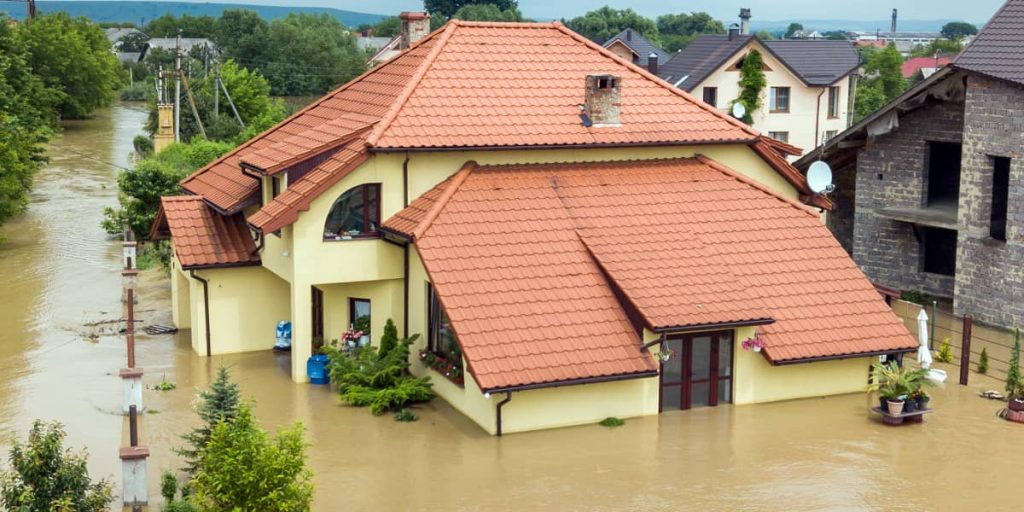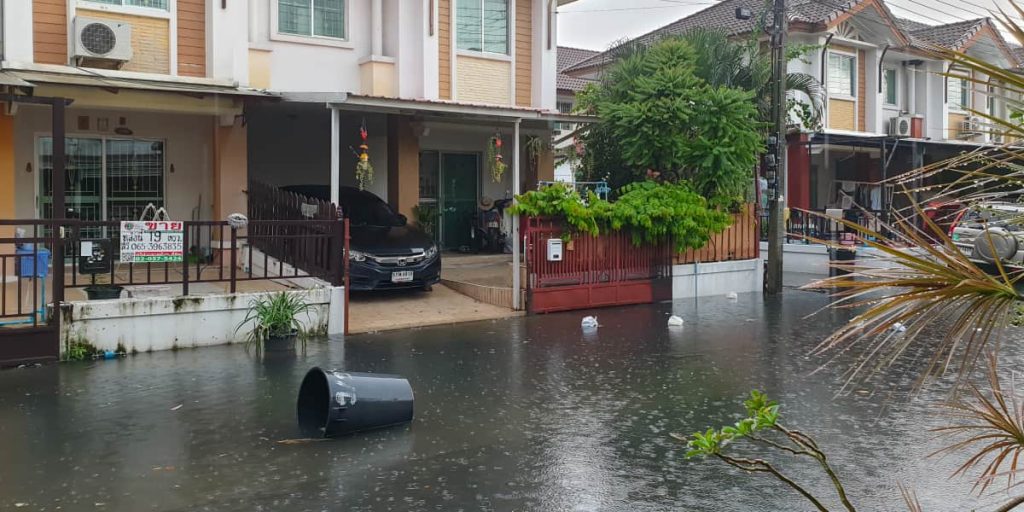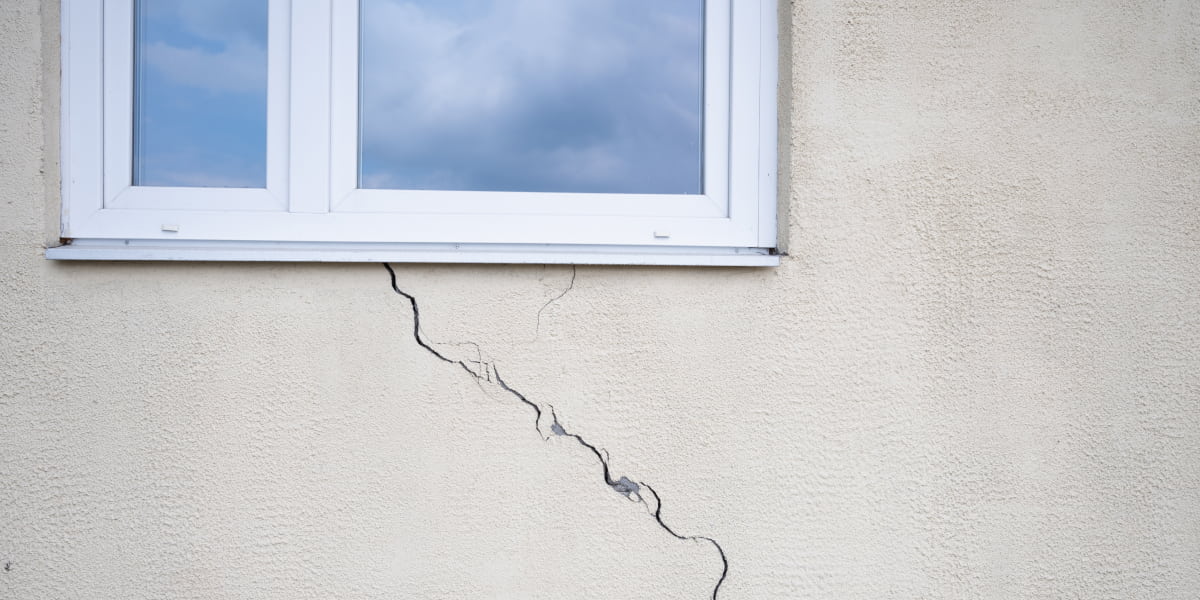Published on December 12th, 2022
Last updated on February 3rd, 2023
How To Prevent A Flood In Your House: 10 Vital Measures To Keep In Mind

Flooding is one of the world’s most common and destructive natural disasters. According to the National Weather Service, floods cause more damage in the United States each year than any other weather event, including hurricanes and tornadoes. So it is vital to know how to prevent a flood nowadays.
Of course, no one ever expects their house to flood, but unfortunately, it happens often. And while you can’t control the weather, there are some essential steps you can take to prevent flooding.
If you live in an area prone to flooding, it is crucial to prevent flooding in your house. In this blog article, we will look at several ways to prevent flooding in your home. These steps will help keep you and your family safe and reduce water damage. So read on to learn more and stay safe!
Assess the Risk of Flooding in Your Home

Floodproofing a home is vital if you value your time, nerves, and property costs. But will all houses overflow if there is a flood? Or will your home remain untouched? Of course, you’re unlikely to want to check that. So let’s assess the risks ahead of time. There are several ways to determine the risk of flooding in your home beforehand.
- For example, one way is to research historical data about floods in your area. If there have been many floods in your area due to various situations, your home is likely at risk of flooding.
- Another way to assess flood risk is to look at the topography of your property. If you have your home in a low-lying area or there are bodies of water nearby, your home may be at risk of flooding. Of course, you must ensure that you protect your house from flooding.
- The third way is to check the condition of your home. If your home is in poor condition, it may not be able to withstand flooding. In this case, you need to take steps to repair or replace damaged parts of the house.
Of course, these are just some ways to assess your home’s flood risk. But if you take the time to determine your home’s flood risk, you can take the necessary ways to prevent flooding. So, let’s move on and look at some fundamental ways of home flood prevention.
Prepare Your Home for a Flood

Once you have assessed the risk of flooding in your home, you can take steps to prevent your home from flooding. There are several things you can do to prepare your home for flooding.
But let’s start with the most essential. You need an evacuation plan! Even if you don’t have a flood, have an emergency plan ready, just in case. This way, you and your family will know what to do and where to go if flooding does occur.
This plan should state, at the smallest, the following:
- Who will be responsible for each task?
- Where will you go if you have to leave your home?
- What to do with your pets?
- How will you communicate with your family?
It is also a good idea to prepare an emergency kit. This kit should include food, water, and first aid supplies. What you need to do to keep your evacuation plan from coming in handy here are a few steps:
Install Water Sensors or Flood Detection Systems
If you want to be fully prepared for a flood and proofread your home, there are some rules to follow. One of the first elements is installing water sensors or flood detection systems. These devices will alert you to the presence of water in the area, and you can take action quickly.
These devices will send an alarm to your phone. This way, you will know about the flood as soon as possible and can take action to prevent damage.
Of course, these devices are not 100 percent reliable. They may only detect some of the water and send false alarms. But they are an extra layer of protection that can give you peace of mind.
You can find home flood prevention devices at most hardware stores or online.
Check and Clean Gutters and Downspouts Regularly
Gutters and downspouts are essential for a flood-proof house. They are responsible for diverting water away from your home. Thus, something will block the system, water will accumulate and flood your home.
You need to check and clean your gutters and downspouts regularly. You should do it at least once yearly to ensure they are completely clear of debris. If you live in an area with many trees, you may need to clean them more often to keep leaves from getting stuck.
Check and Seal Holes and Cracks in the Foundation
If water can get into your home, it will flood. To prevent flooding, make sure your home is well sealed. Start by checking the foundation for holes and cracks.
If you find them, seal them with hydraulic cement or caulk. Also, check the windows and doors to ensure they are well-sealed. If you see any cracks, seal them with caulk or caulk.
Install Flood Control Skirts and Barriers
If you live in an area prone to flooding, you may want to install flood curbs and barriers around your home. These devices will help create flood-proofing homes.
Raise Electrical Sockets, Switches, and Wiring
If you know that the area you live in frequently experiences flooding, you should raise all electrical outlets, switches, and wiring at least 12 inches above the expected flood level. You can do this yourself or hire a professional electrician to do it for you.
Install a Sump Pump
A sump pump is a device that helps to remove water from your home. If you live in an area prone to flooding, consider installing a sump pump in your home. It will help to keep your home dry and prevent flooding. You can find sump pumps at most hardware stores or online.
Use Sandbags
Using sandbags is one of the most effective ways to prevent your home from flooding. Sandbags are an inexpensive and easy way to block water from entering your home. You only need sand, a few bags, and a little time.
It’s best to use sandbags before you hear a flood announcement. This way, you can prevent water from entering your home before it has a chance.
Insure Your Property Against Flooding

The best way to prove your house from flooding is to have property insurance. Home insurance provides financial protection in the event of damage to your home. And while most home insurance policies do not cover flood damage, you can purchase a separate one.
Flood insurance is a crucial way of proofing a home from flood damage. If you live in a high-risk area, your mortgage lender may require you to have flood insurance. Even if you are not required to have flood insurance, purchasing a policy wouldn’t hurt.
A flood insurance policy can help cover the cost of repairs. Or you can spend the money to rebuild your home if it is flood damaged. Flood insurance also covers replacing personal property damaged or destroyed by flooding.
If you are considering buying flood insurance, you need to know what it covers. For example, most policies have a waiting period of 30 days from the date of buy before they go into effect. So, if you buy a policy and a flood occurs within 30 days, you will not be able to get an insurance payout.
Flood insurance policies also have limits on the amount of coverage. For example, most policies cover up to $250,000 on the structure of your home and $100,000 on personal property. You may need extra coverage if you have an expensive home or property. To ensure home flood prevention, you can purchase a flood insurance policy through the National Flood Insurance Program or a private insurer.
Floods can happen anywhere, so it’s essential to be prepared. You can prevent water from damaging your home and possessions by taking some simple steps.
FAQ
How to prevent a flood?
You can use sandbags, install a sump pump, or purchase flood insurance to prevent floods.
Can a flood completely flood a house?
Yes, a flood can completely flood a house if the water rises enough. To prevent this from happening, you can install flood barriers and skirts around your home.
How do I know if my area is prone to flooding?
There are a few ways to determine if your area is prone to flooding. You can check with your local government or visit the Federal Emergency Management Agency’s (FEMA) website.
Will the methods help prevent flooding?
The methods will help prevent flooding if used correctly and in the right situations. For example, sandbags should be used before a flood warning has been issued.


